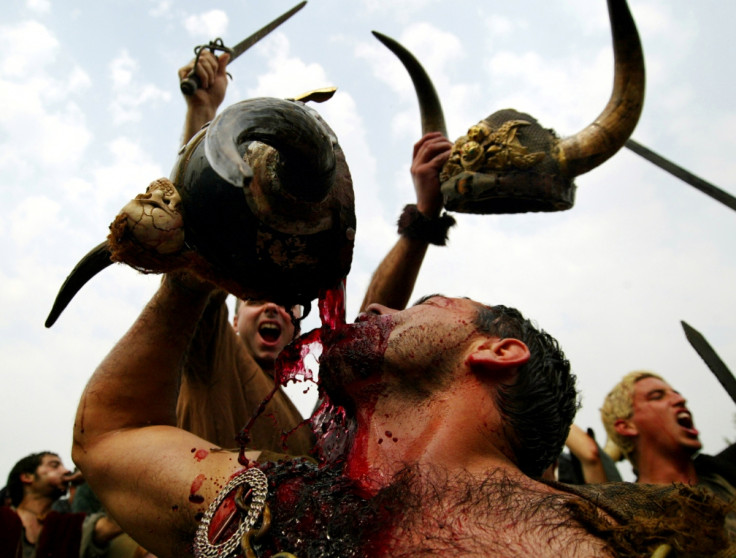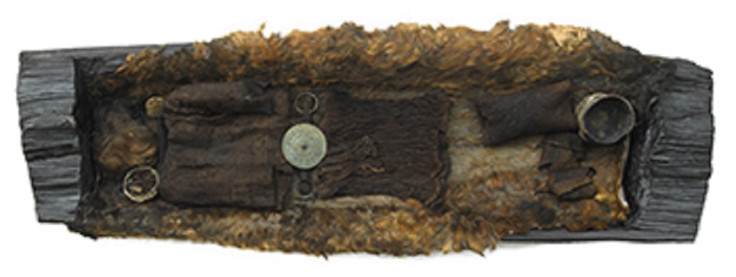'Extreme' 3,500-Year-Old Nordic Grog was Booze of Choice for Vikings

Nordic and Viking civilisations drank an "extreme hybrid beverage" known as Grog around 3,500 years ago, scientists have discovered.
Nordic people created an alcoholic drink made from local ingredients such as honey, bog myrtle, juniper, resin and barley, as well as grape wine imported from southern or central Europe.
Published in the Danish Journal of Archaeology, researchers led by Patrick E. McGovern, from the University of Pennsylvania Museum of Archaeology and Anthropology, found evidence of this ancient boozy beverage inside pottery and bronze drinking vessels and strainers from sites in Denmark and Sweden.
Explaining its mythical origin, McGovern said alcoholic drinks were an intrinsic part of Nordic and Viking folk lore.
"The story goes that a particularly wise creature named Kvasir was created by two races of gods, the Æsir and the Vanir, by spitting into a large jar. Kvasir was later murdered by two dwarfs, who ran his blood into three huge vessels containing honey.
"The result was a mixed beverage that conferred the gift of wisdom and poetry to the drinker. Odin himself, the Norse high god, was able to steal the grog back by consuming the beverage, transforming himself into an eagle, and flying back to Valhalla, the Nordic warrior paradise."
Researchers obtained ancient residue samples, with the oldest from Nandrup in northwestern Denmark. A warrior prince was buried in an oak coffin with a massive bronze sword, a battle-axe and a pottery jar covered in a dark residue – which turned out to be the grog.

Another sample was found in a pit hoard in Kostræde, southwest of Copenhagen, a third in a bronze bucket inside the coffin of a 30-year-old woman on the island of Lolland. The last sample, dating to the first century AD, was found in a hoard in Havor on the Swedish island of Gotland.
"Far from being the barbarians so vividly described by ancient Greeks and Romans, the early Scandinavians, northern inhabitants of so-called Proxima Thule, emerge with this new evidence as a people with an innovative flair for using available natural products in the making of distinctive fermented beverages," McGovern said.
"They were not averse to adopting the accoutrements of southern or central Europeans, drinking their preferred beverages out of imported and often ostentatiously grand vessels. They were also not averse to importing and drinking the southern beverage of preference, grape wine, though sometimes mixed with local ingredients."
McGovern said the Nordic grog evolved into medieval beers, before hops became popular resulting in beer.
"About the closest thing to the grog today is produced on the island of Gotland in the Baltic Sea," McGovern said. "You can taste Gotlandsdryka in farmhouses. It's made from barley, honey, juniper, and other herbs like those in the ancient version."
© Copyright IBTimes 2024. All rights reserved.







